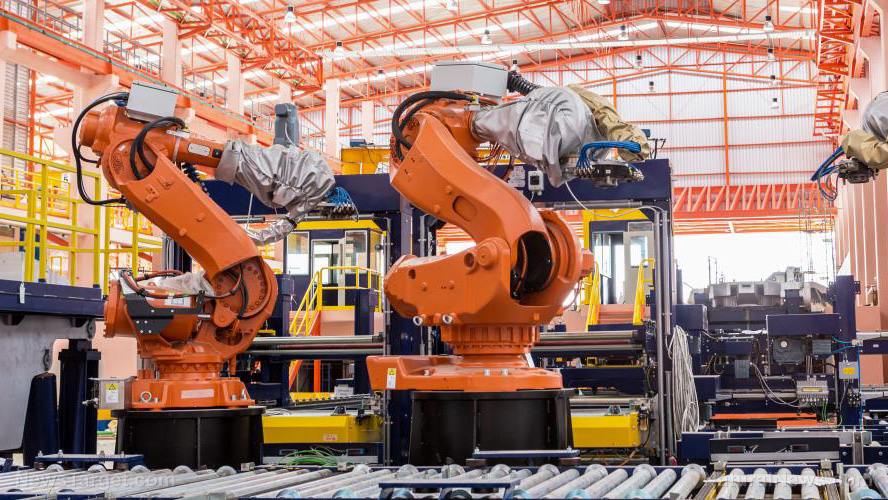Last week, 150 academics and industry experts published the U.S. Roadmap for Robotics — just ahead of the presidential election — to help guide Congress as it moves to figure out how to allocate federal funds to encourage innovation, keep humans safe and, importantly, make sure America remains a global leader.
The first Roadmap for Robotics report, published in 2009, inspired the Obama administration to launch the National Robotics Initiative in 2011, a program that allocated $70 million to advancing robotics research in the United States.
The 2016 report is a 100-page tome packed with specific, technical recommendations that the contributors believe will be important for Congress to fund and support as robotics starts to take center stage across U.S. industries.
Here are a few of the recommendations:
- For robotics systems to expand in manufacturing industries, roboticists need to develop interfaces that can be used by human workers with little to no training.
- Researchers should build robots that match human mobility to “negotiate stairs, elevators, doorways, curbs, broken concrete, cluttered environments and go where people go” in order to extend automation beyond warehouse settings.
- Surgical robots should eventually be able to “estimate user’s intent, rather than simply executing the user’s commands that may be subject to human imperfections.”
- In 15 years, the roadmap suggests that autonomous driving “will be indistinguishable from humans except that robot drivers will be safer and more predictable than a human driver with less than one year’s driving experience.”
But innovation always occurs against a backdrop of policy. The reason the most well-known internet companies in the world are American has as much to do with the fact that the internet was invented in the U.S. as it does with the fact that Congress resolved many of the legal uncertainties surrounding the internet in the early 1990s, passing (albeit imperfect) laws like the Communication Decency Act and the Digital Millennium Copyright Act.
Ryan Calo, a technology law professor at the University of Washington who edited the new Roadmap for Robotics report, argues that the government should even consider creating a Federal Robotics Commission that could help inform policy with deep technical expertise and review computational systems to make sure they’re working within the bounds of the law.
“I’m pretty convinced that it’s premature to write rules for artificial intelligence and for robotics,” said Calo. “But I do think it’s going to be increasingly important for the federal government to have dedicated expertise that can ask the right questions when asked to sign off on new technologies.”
Federal agencies are already hitting walls when it comes to mapping existing laws and policies onto computational technologies, like what happened last year when regulators discovered Volkswagen skirted federal emissions standards in its software. If there was a commission to review that code, the government might have hit the brakes before letting the cars reach the road.
Finding the balance between encouraging world-leading innovation and making sure our AI-powered future is a safe and peaceful one isn’t impossible. But Congress certainly does have its work cut out — so long as political gridlock doesn’t get in the way.





















